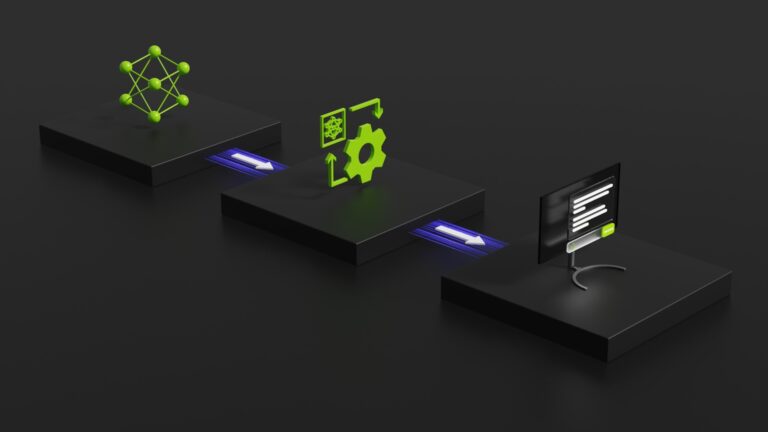 New research aims to revolutionize video accessibility for blind or low-vision (BLV) viewers with an AI-powered system that gives users the ability to explore…
New research aims to revolutionize video accessibility for blind or low-vision (BLV) viewers with an AI-powered system that gives users the ability to explore…
New research aims to revolutionize video accessibility for blind or low-vision (BLV) viewers with an AI-powered system that gives users the ability to explore content interactively. The innovative system, detailed in a recent paper, addresses significant gaps in conventional audio descriptions (AD), offering an enriched and immersive video viewing experience. “Although videos have become an…

 Large language models (LLM) are getting larger, increasing the amount of compute required to process inference requests. To meet real-time latency requirements…
Large language models (LLM) are getting larger, increasing the amount of compute required to process inference requests. To meet real-time latency requirements… NVIDIA has released RAPIDS cuDF unified memory and text data processing features that help data scientists continue to use pandas when working with larger and…
NVIDIA has released RAPIDS cuDF unified memory and text data processing features that help data scientists continue to use pandas when working with larger and… NVIDIA CUDA-Q (formerly NVIDIA CUDA Quantum) is an open-source programming model for building hybrid-quantum classical applications that take full advantage of…
NVIDIA CUDA-Q (formerly NVIDIA CUDA Quantum) is an open-source programming model for building hybrid-quantum classical applications that take full advantage of… GPUs are specially designed to crunch through massive amounts of data at high speed. They have a large amount of compute resources, called streaming…
GPUs are specially designed to crunch through massive amounts of data at high speed. They have a large amount of compute resources, called streaming…